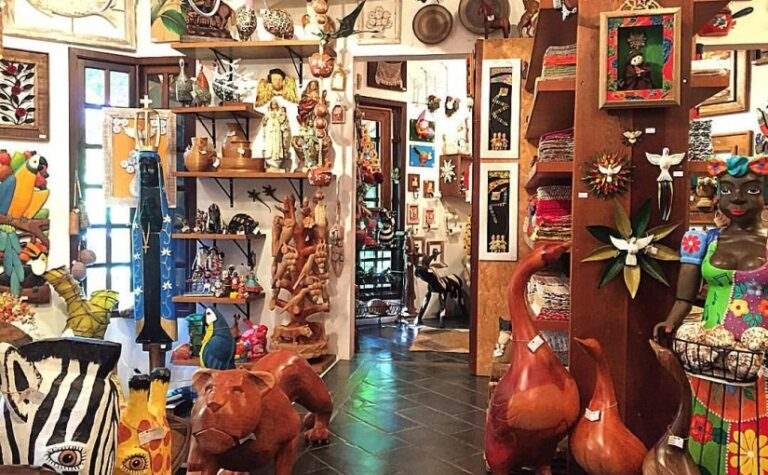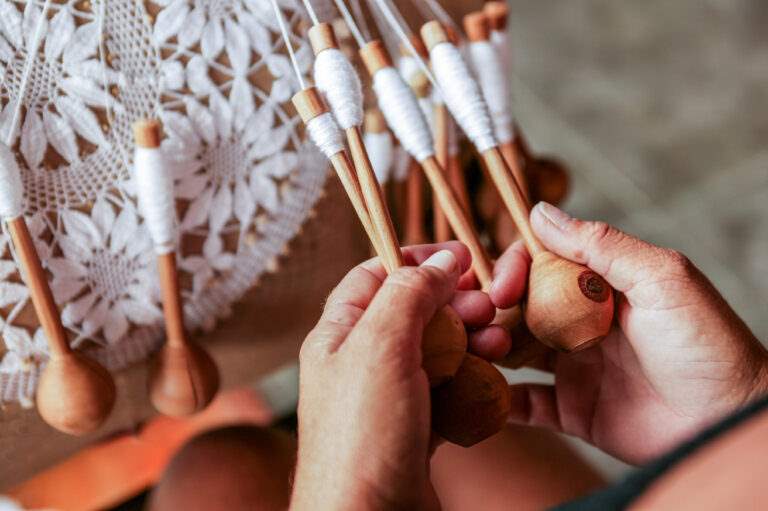The parties of Juninas in the Northeast have a cultural and economic importance to the region. The festivities, that honor St. John, St. Antônio and St. Peter, are quite traditional and popular, thanks to their cheerful and vibrant energy. It is an energy that reaches even those who are not much into partying. Read on to find out more.
Parties of Juninas in the Northeast – Culture and tradition
Every year in June, many cities take on the face of this festival and receive tourists who dance to the sound of the traditional rhythms of Juninas.
And to get into the Junina spirit, the fun costumes cannot be missed! Dresses and checkered shirts as well as straw hats, hair braids and country style makeup transform participants into the characters that are part of this party. Colorful decorations and haughty dances around the fire are also part of this celebration.

And how about that festival food? As June is the period of the corn harvest, that is what many of the recipes related to the festivities are made of. Corn cake, pamonha (similar to corn cake), canjica (a smooth, sweet pate made from corn. Just trust me and try it), couscous and popcorn, as well as a freshly picked corn on the cob, the likes of which you have never tasted! You can also find: cocada (a sweet made from coconut), peanut cake and a sugar coated peanut bar called pé-de-moleque, which would translate as “kid’s foot”! The drink to have is cachaça, which is a spirit made from sugar cane. And of course, there is much much more for you to feast on at these fun festivals!

Dance and Musical Styles
The dance style called quadrilha is one of the most traditional dances in festivals of June. You may know it as contra dance, or country dancing, and it emerged in England in the 13th century and was incorporated and adapted to into the French culture. It became ballroom dancing from the 18th century onwards and became popular among members of the European nobility, arriving eventually in Portugal.
The dance style became popular in Brazil in the 19th century, through the influence of the Portuguese court, and was very well accepted by the nobility of Rio de Janeiro. Some time after, quadrilha reached the people, becoming popular in rural areas as a way of thanking for the harvest and honoring São João, São Antônio and São Pedro (St. John, St. Antony and St. Pedro respectively).
The main forms of dancing quadrilha are:
- Dancing in pairs;
- Specific choreography based on traditional steps;
- Fun phrases that are used to call for particular dance moves, such as: “Look at the snake…. It’s a lie!”, “Look at the rain…. It passed!”, among others;
- Traditional characters such as the bride and groom to honor Anthony, the saint of matchmaking.
The musical instruments that make up the band to play the music of quadrilha are the accordion, the triangle and the zabumba (a type of large drum used in a lot of traditional Brazilian music). Styles such as forró, sertanejo and baião are what you will hear in the June festivals.
Have you enjoyed getting to know more about the June festivals of the northeast? Its a northeastern festivity that is well worth the visit.
Also read: “Ola lady of lace!”: tradition and art from Ceará




